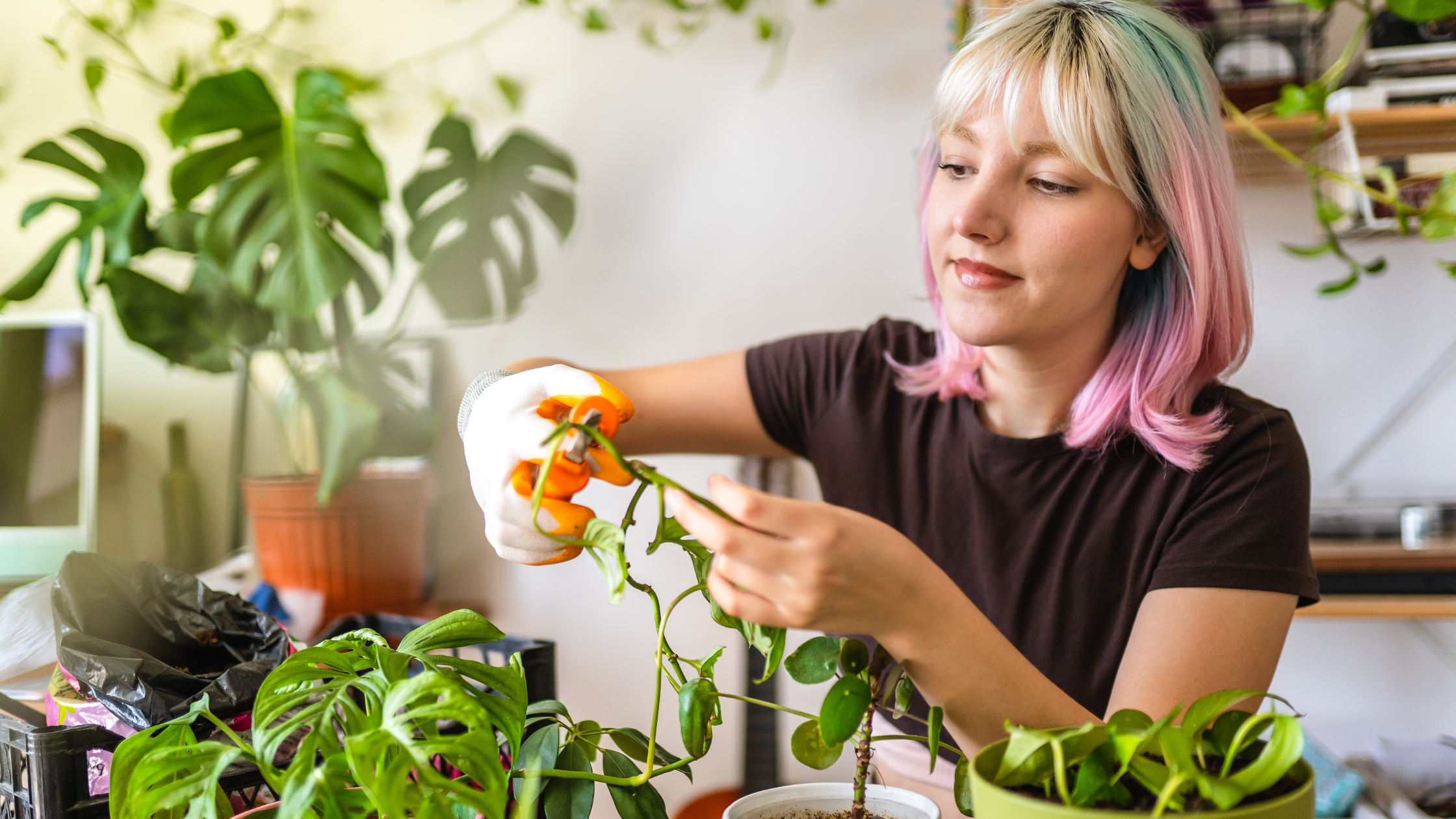Your basket is empty
Already have an account? Log in to check out faster.
Already have an account? Log in to check out faster.

With great greenery comes great responsibility, especially when it comes to dealing with common pests like mealybugs. Let's take a look into the world of mealybugs, exploring their biology, reproduction, the damage they can cause, and most importantly, effective strategies to eradicate and prevent their infestation.
As plant enthusiasts, we all understand the joy that comes with cultivating a lush and thriving indoor garden. However, with great greenery comes great responsibility, especially when it comes to dealing with common pests like mealybugs. Let's take a look into the world of mealybugs, exploring their biology, reproduction, the damage they can cause, and most importantly, effective strategies to eradicate and prevent their infestation.
Mealybugs, scientifically known as Pseudococcidae, are small, soft-bodied insects that are notorious for wreaking havoc on indoor plants. These tiny pests are often overlooked due to their inconspicuous appearance, but their impact on plant health can be significant.

Mealybugs are part of the scale insect family, and their life cycle involves several stages: egg, nymph, and adult. The female mealybugs lay eggs in a cottony mass, providing them with protection and insulation. Once hatched, the nymphs go through several molts before reaching adulthood. Female mealybugs are prolific reproducers, and their ability to quickly multiply poses a significant threat to the well-being of your plants.
Mealybugs feed on plant sap by piercing the plant tissue with their needle-like mouthparts. This feeding process weakens the plant, stunting its growth and causing leaves to yellow and drop. Additionally, mealybugs excrete a sugary substance called honeydew, which can attract harmful fungi, further compromising the plant's health.
Mealybugs can enter your indoor garden through various means, including contaminated soil, infected plants, or even by hitching a ride on your clothes or pets. Under moist conditions, In moist environments, young root mealybugs or nymphs become active. They travel short distances to neighboring plants, occasionally crawling from one pot to another through drainage holes. Understanding these entry points is crucial for effective pest management.
Dealing with mealybugs can be a persistent challenge, but here are some tips to help you combat these pesky invaders and keep your plants healthy.
Keep Your Plants in the Best of Health:
Plants that are healthy are more resilient to pests.
Maintain consistent watering and humidity levels as needed.
Fertilize according to the plant's needs.
Start off with a healthy plant to give it a fighting chance against pests.
Thoroughly Inspect Your Plant:
Mealybugs can be found under leaves, in the leaf joints and in the spaces where petioles (leaf stalk) meet the stem.
It's important to inspect the plant completely so you don't miss any potential new infestation.
Make a Soap and Water Solution:
Mix a solution of mild liquid soap (such as Castile soap) and water.
Spray the affected plants thoroughly, ensuring the solution reaches the mealybugs.
The soap disrupts the mealybugs' cell membranes, leading to their demise.
Use Diatomaceous Earth:
Dust the affected plants with food-grade diatomaceous earth.
Diatomaceous earth is a fine powder that damages the exoskeleton of mealybugs, ultimately dehydrating and killing them.
Reapply after watering or rainfall.
Use a Commercially Available Insecticidal Soap:
Purchase an organic insecticidal soap specifically designed for treating mealybugs.
Follow the instructions on the product and apply it to the affected areas of the plant.
Be sure to check for any potential harm to sensitive plant species.
Make an Alcohol Solution:
Mix rubbing alcohol with water in a 1:1 ratio.
Dab a cotton swab in the solution and gently wipe the mealybugs away.
Ensure the solution doesn't harm your plant by testing it on a small, inconspicuous area first.
Introduce Beneficial Nematodes:
Add beneficial nematodes to the soil around your plants.
These microscopic organisms prey on mealybug larvae, effectively reducing their population.
Raid the Pantry for Cinnamon Powder:
Sprinkle cinnamon powder on the soil surface around the base of the affected plants.
Cinnamon has antifungal and antibacterial properties, and it can help deter mealybugs.
Consider Pruning Infested Parts:
If mealybugs are concentrated on specific plant parts, consider pruning those sections.
Dispose of the pruned material carefully to prevent the spread of mealybugs.
Add Systemic Insecticides:
If the above hasn't eradicated your mealybug situation, you can add systemic insecticide granules to your soil. These insecticides are absorbed by the plant and kill mealybugs when they feed on the sap.
Keep in mind, this is more of a long-term strategy.
Mealybugs may be a persistent challenge, but armed with an expanded arsenal of knowledge and practical strategies, you can successfully protect your indoor garden. By taking a proactive approach to pest management and prioritizing plant health, you'll ensure your green space continues to thrive and delight for years to come.